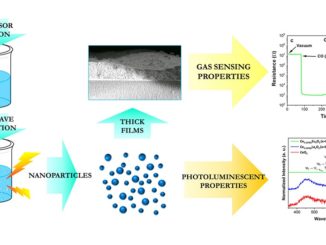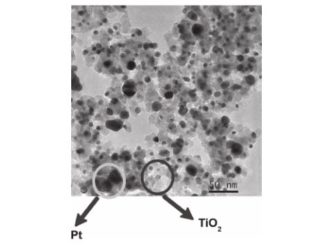
Writers: Renata L. Sala, Tatiane M. Arantes, Elson Longo, Edson R. Leite, Caio M. Paranhos, Emerson R. Camargo
Keywords: Silica nanoparticles; Modified surface; Polymer nanocomposites; Colloidal route
Abstract: Surface-modified silica nanoparticles have a plenty of applications, such as coatings, dyes or biomarkers, catalysts and encapsulated products. When modified with 3-(trimethoxysilyl)propyl methacrylate (SiO2- MPS) or covered with a polymeric shell obtained from a reaction between divinylbenzene and styrene (SiO2-Pol), these SiO2 nanoparticles induced distinct arrangements in polymer nanocomposites (PNC) prepared with commercial carboxylated nitrile rubber (XNBR). The hydrophilicity character of the modified SiO2 nanoparticles was also altered, improving their interaction with the XNBR macromolecules. Consequently, choosing the PNC properties for different conditions and applications became possible due to the adjustment of the nanoparticle surface characteristics. Although the final characteristics of the nanocomposites films varied according to the nanoparticle used, the PNC prepared with SiO2-Pol presented better homogeneity than those with SiO2-MPS.




